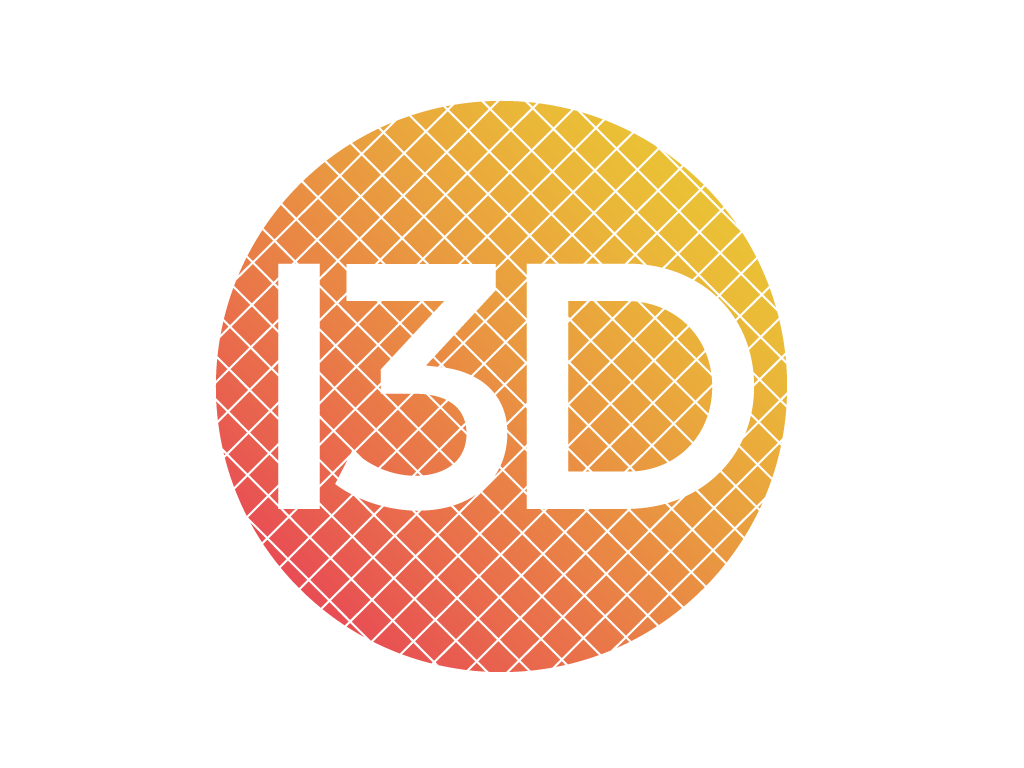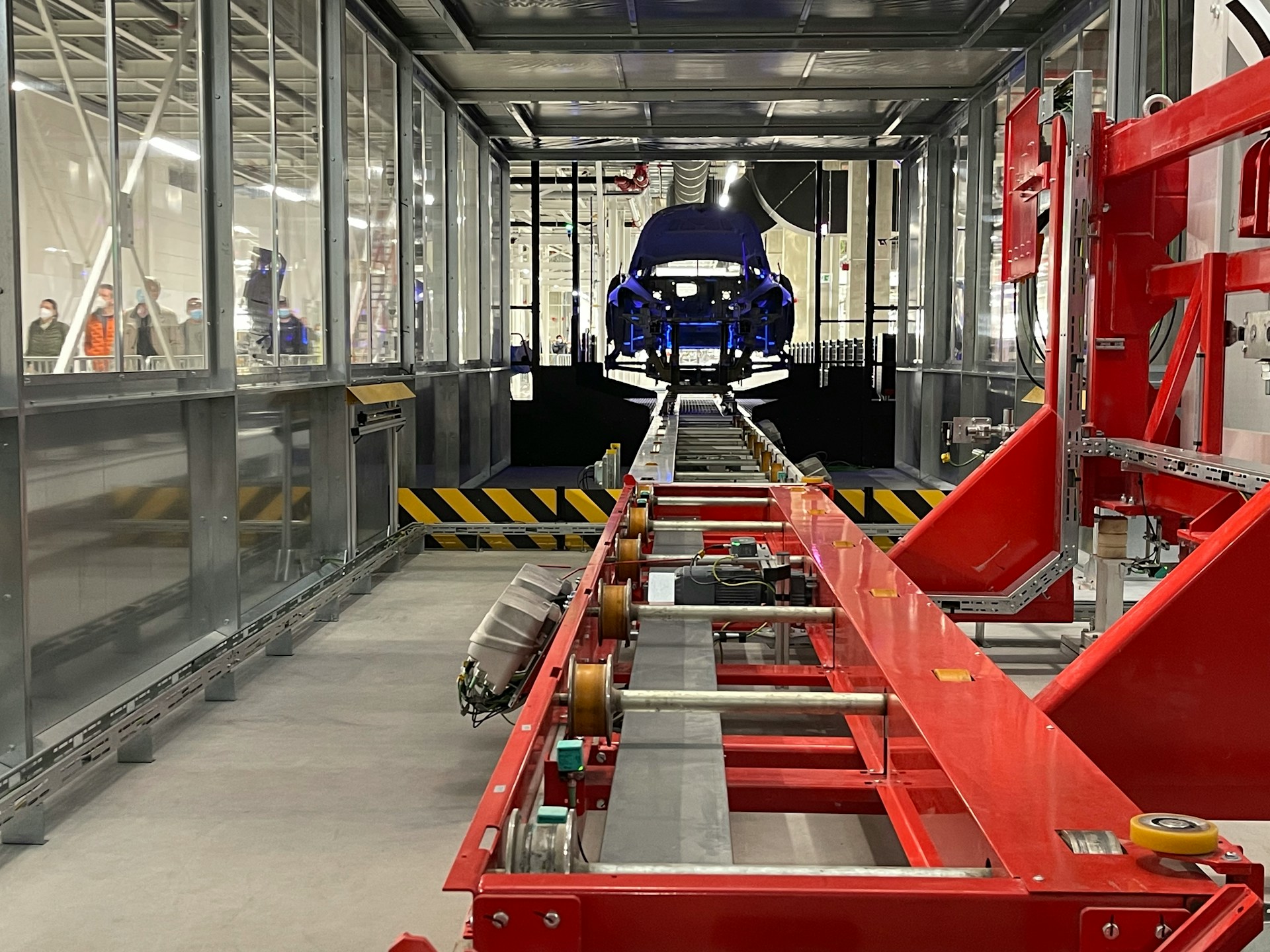Time is money, especially in the corporate world where faster processes mean efficiency, a quicker way to land end product, thus better customer service, resulting in more satisfied consumers who will spread the word and entice potential new clients with all this impacting positively on revenue. Rapid commercialisation then speeding up time-to-market creates a holistic ripple effect which that particular business will benefit from.
In modern countries companies started to become fast-moving thanks mainly to technology, as by switching to the digital realm trades obtained that much needed leverage being in marketing but also by implementing tech tools in their processes like Artificial Intelligence (AI) to name one, which could serve as an assistant, a website chat bot reducing human intervention, headcounts and payslips, to analytics like generating statistics and demographics to enable that specific commerce target its niche as it should.
Now, one tech tool which sometimes isn`t given the attention it merits is 3D printing, or as it is also known Additive Manufacturing (AM). Let us see how 3D can support businesses in key strategies to attain a more rapid commercialisation by streamlining time-to-market.
Ways 3D Printing Can Cut Manufacturing Prime Times
The main variable between a company and another is the time needed to manufacture their product, and with the old traditional process sometimes it can take weeks or even months to produce parts and prototypes, which could cause delays, higher expenses and missed deadlines.
However, with the emergence of 3D printing businesses can now reduce their manufacturing period while improving their production processes. We list hereunder some salient examples:
- In-House Production – this is one of the most significant advantages as when businesses utilise additive manufacturing in their processes it eliminates the need to outsource production to third parties, instead allowing for production of parts in-house, therefore eliminating logistics, avoiding that items are damaged during transit as there is no transport involved so no costs on fuel, thus also environment friendly while gaining precious time too, plus holding control over the whole process and so overall reducing expenses when compared to traditional methods of production.
- Augmented Prototyping & Testing – as aforementioned, thanks to additive manufacturing companies can reduce their time of production in days instead of weeks or months. This accelerated process then thanks to 3D printing allows for faster prototyping and testing of designs, minimising production time, reducing costs and attaining that much needed leverage in assisting businesses to get their products to market sooner. Opposite to old methods which had the risk of flushing money down the drain if an untested design fails, 3D printing allows for quick prototypes even in hours which can be easily modified and are relatively inexpensive, also allowing for more creative freedom experimenting with larger variety of colours and materials during the prototyping process. Last but not least, 3D printed items can also be tailor-made to client`s demands or even customised, and this provides a valuable competitive edge at a reasonable price.
- Quickly Manufacturing Spare Parts – On the contrary to traditional methods, were a broken part could have taken weeks to be replaced causing significant delays in production, with 3D printing spare parts can be produced and provided faster reducing production downtime and improving overall efficiency.
Crucial Benefits Attained Via Additive Manufacturing
As we can already notice and appreciate, the utilisation of additive manufacturing in production provides leverage and a myriad of advantages among which creating notable value. It also saves time-to-market, expenses, and an improved holistic experience for both clients and end users.
The following are some benefits a business can attain by implementing 3D printing in its chain or production line.
- Creating Customer Satisfaction – We are all consumers, and ideally when we purchase we want the item immediately or as soon as possible. Reducing lead times will exactly deliver that, faster service with products being handed quicker, meeting expectations and resulting in more customer satisfaction. Moreover, faster production times also mean speedy response times to clients` orders, which will enhance customer satisfaction but also loyalty.
- Assisting Inventory Management – By lessening lead times companies can manage their inventory better. Businesses are in a position to produce goods on-demand thus minimising the need for large inventories. This will reduce expenses and the risk of unsold inventory.
- Boosts Lean Manufacturing – Businesses are able to adopt a production method which focuses on reducing waste and increasing efficiency. Additive manufacturing is ideal for this type of production since it enables companies to produce only what they need when they need it, lowering waste and improving efficiency, while helping companies to reduce costs and enhance their bottom line.
- Improves Production & Manufacturing Processes – Reduction in lead times then mean that businesses can improve their overall production and manufacturing processes. Thanks to 3D printing companies now can produce more goods in less time, improving their productivity. Furthermore, faster feedback loops can be attained by faster production, enabling companies to make improvements to their processes more rapidly.
Thanks to additive manufacturing then companies wave the old delays in production goodbye, putting them in an optimal position where they can plan better ahead and meet their clients` demands.
In Conclusion
Nowadays, streamlining your production line can become faster and easier thanks to additive manufacturing as with 3D printing businesses can increase the quality of their products while improving speed to market, attaining desired leverage.
Having said that though, not all companies or sole traders possess the refined 3D printing structure in-house, reasons vary from expenses to logistics and locations. We always recommend that additive manufacturing processes are handled by professionals to obtain the desired quality product, thus avoid that both brand and reputation are tarnished.
Our experts are only happy to help in your next project, so feel free to approach us and let`s discuss how you could speed up your production line via 3D printing, enabling your company to remain relevant and competing on a level playing field against other adversaries in the niche.





